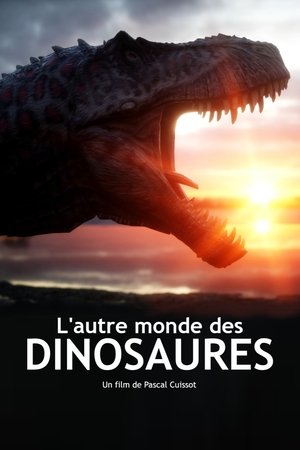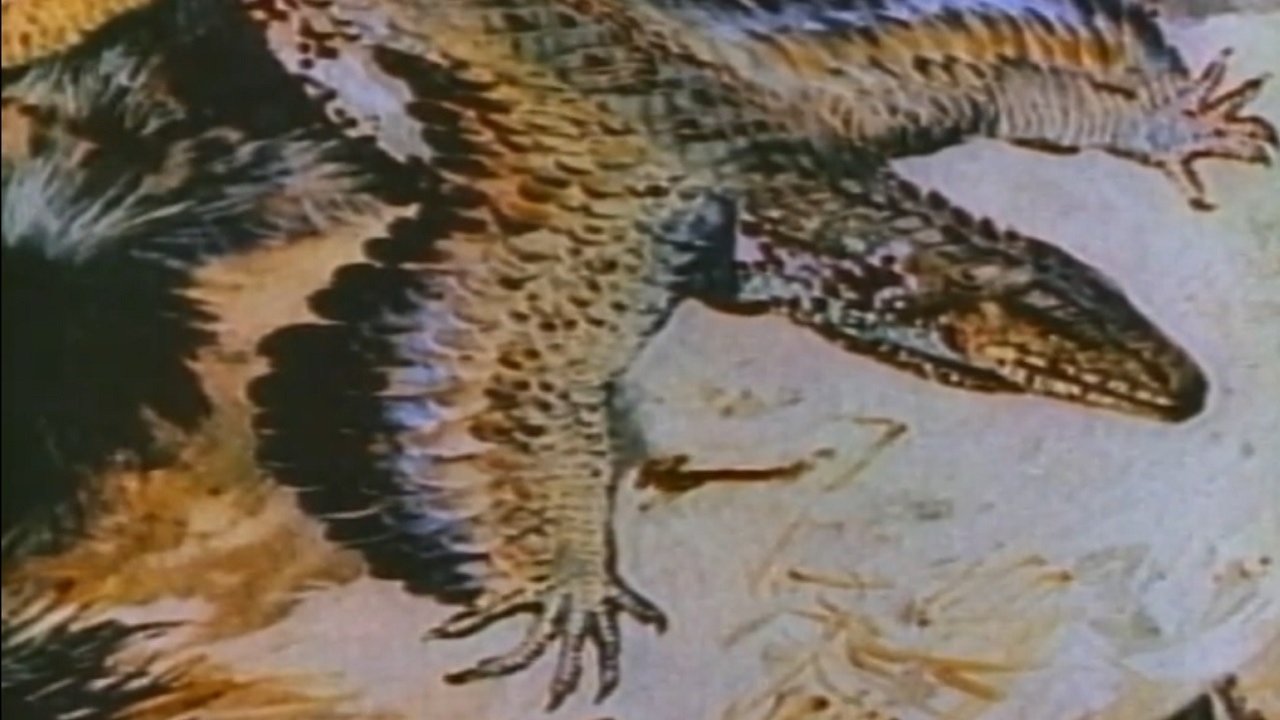
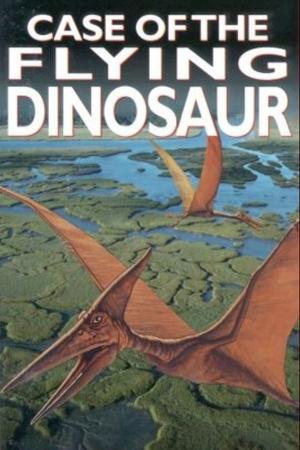
The Case of the Flying Dinosaur(1997)
The long running, often bitter scientific debate over the origin of birds and the evolution of flight.

Movie: The Case of the Flying Dinosaur
Top 4 Billed Cast

The Case of the Flying Dinosaur
HomePage
Overview
The long running, often bitter scientific debate over the origin of birds and the evolution of flight.
Release Date
1997-12-04
Average
0
Rating:
0.0 startsTagline
Genres
Languages:
EnglishKeywords
Similar Movies
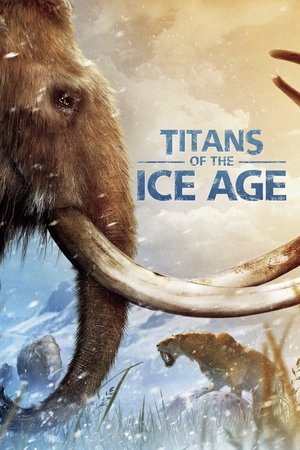 7.1
7.1Titans of the Ice Age(en)
Titans of the Ice Age transports viewers to the beautiful and otherworldly frozen landscapes of North America, Europe and Asia ten thousand years before modern civilization. Dazzling computer-generated imagery brings this mysterious era to life - from saber-toothed cats and giant sloths to the iconic mammoths, giants both feared and hunted by prehistoric humans.
 8.0
8.0Hummingbirds: Jewelled Messengers(en)
David Attenborough narrates this close up look at these tiny pollinators captured in flight as never before. Acrobats of the air - flying jewels - iridescent partners of countless plants: hummingbirds are amongst the most remarkable creatures on our planet.
 0.0
0.0Sherwood Park(en)
Reclaiming what was once stolen from him, a man journeys back to the place of his childhood nearly 80 years after his world came crashing down.
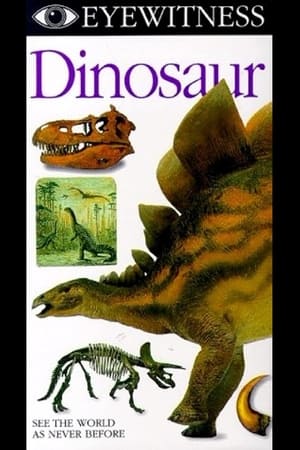 6.0
6.0Eyewitness: Dinosaur(en)
Become a paleontologist and piece together the facts behind these real-life monsters. Experience the process of discovery from start to finish - the excitement of digging, reconstruction, and the realization of what dinosaurs might actually have looked like.
A Question of Origins(en)
Understanding mankind's true origin is essential in determining one's final destiny. This visually rich, full production presents conclusive evidence that the universe and all life were created. In addition, scientific foreknowledge found only in the Bible reveals that the God of the Bible is the Creator. A Question of Origins is essential viewing for anyone who has questions or doubts concerning the scientific accuracy of the Word of God. A great witnessing tool intended for our current generation.
 0.0
0.0Mes voisins sauvages(fr)
You don't have to travel to faraway countries to observe wildlife, because the fauna of the big city also provides surprises every day. Contrary to expectations, many bird, mammal and insect species have adapted to the concrete jungle. They have become experts of the urban space. “My Wild Neighbors” takes a poetic look at the lives of animals in the city.
 7.2
7.2Prehistoric Park(en)
A BBC miniseries about Nigel Marvin's quest to bring the extinct dinosaurs through time to Prehistoric Park.
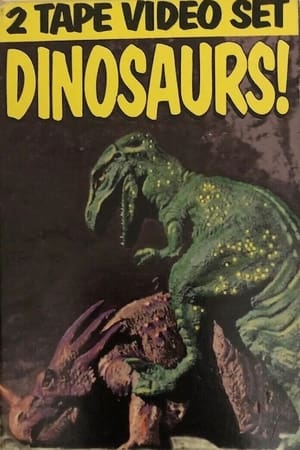 5.0
5.0Dinosaur Movies(en)
Dinosaurs Vs. Apes: DINOSAUR MOVIES and HOLLYWOOD GOES APE! have been hailed as the definitive documentaries on the prehistoric and anthropoid creatures that have appeared on the silver screen. Filled with rare movie clips, behind-the-scenes footage and interviews.
Pagan Invasion, Vol. 7: Evolution - From Physics to Metaphysics(en)
This documentary argues that evolution is a metaphysical belief.
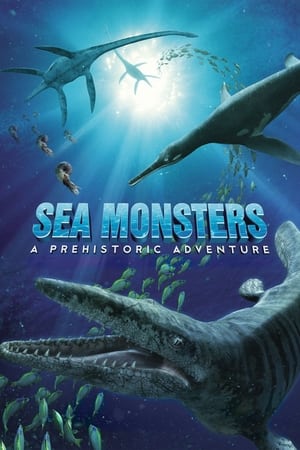 6.5
6.5Sea Monsters: A Prehistoric Adventure(en)
Journey 80 million years back in time to an age when mighty dinosaurs dominated the land - and an equally astonishing assortment of ferocious creatures swam, hunted, and fought for survival beneath the vast, mysterious prehistoric seas.
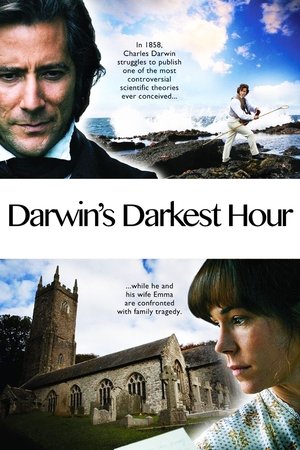 5.6
5.6Darwin's Darkest Hour(en)
In 1858 Charles Darwin struggles to publish one of the most controversial scientific theories ever conceived, while he and his wife Emma confront family tragedy.
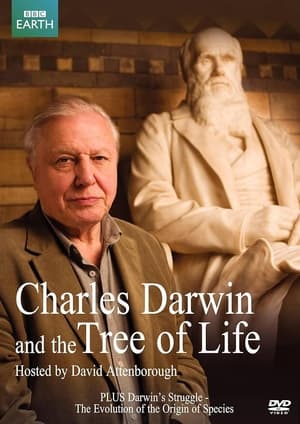 7.7
7.7Charles Darwin and the Tree of Life(en)
Darwin's great insight – that life has evolved over millions of years by natural selection – has been the cornerstone of all David Attenborough’s natural history series. In this documentary, he takes us on a deeply personal journey which reflects his own life and the way he came to understand Darwin’s theory.
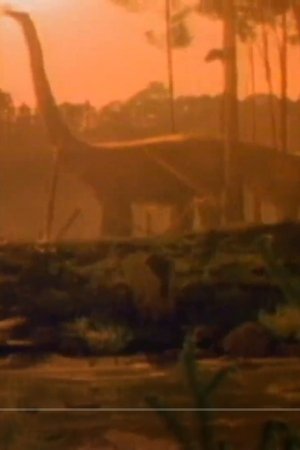 7.0
7.0Dinosaur Secrets Revealed(en)
Dinosaurs roamed and ruled earth for more than 150-million years, then suddenly vanished leaving only fossils to fascinate and befuddle us. In a feature-length unique approach to historical analysis of these creatures, we don't focus on the latest technology or the most controversial theory. Instead, we look chronologically at what we've gotten wrong about dinosaurs throughout the short history of scientific study of these magnificent, misunderstood creatures, and see where paleontologists are digging today.
 8.4
8.4The Private Life of Plants(en)
David Attenborough takes us on a guided tour through the secret world of plants, to see things no unaided eye could witness. Each episode in this six-part series focuses on one of the critical stages through which every plant must pass if it is to survive:- travelling, growing, and flowering; struggling with one another; creating alliances with other organisms both plant and animal; and evolving complex ways of surviving in the earth's most ferociously hostile environments.
 0.0
0.0The Concavenator Valley(es)
Three researchers work on a paleontological project focusing on two dinosaurs: one fictional, the one created by special effects genius Ray Harryhausen for the film The Valley of Gwangi (1969); the other real, the Concavenator corcovatus, whose remains were discovered in 2003 at the Las Hoyas site, in the province of Cuenca (Spain), very close to where the filming took place.
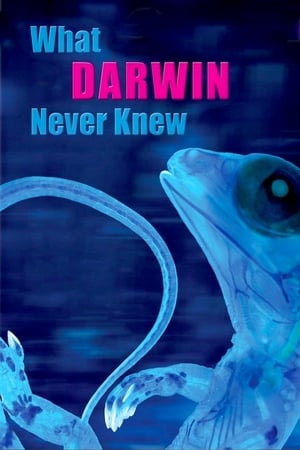 9.0
9.0What Darwin Never Knew(en)
Earth teems with a staggering variety of animals, including 9,000 kinds of birds, 28,000 types of fish, and more than 350,000 species of beetles. What explains this explosion of living creatures—1.4 million different species discovered so far, with perhaps another 50 million to go? The source of life's endless forms was a profound mystery until Charles Darwin brought forth his revolutionary idea of natural selection. But Darwin's radical insights raised as many questions as they answered. What actually drives evolution and turns one species into another? To what degree do different animals rely on the same genetic toolkit? And how did we evolve?
 9.3
9.3NOVA: Judgement Day - Intelligent Design on Trial(en)
In this two-hour special, NOVA captures the turmoil that tore apart the community of Dover, Pennsylvania in one of the latest battles over teaching evolution in public schools. Featuring trial reenactments based on court transcripts and interviews with key participants, including expert scientists and Dover parents, teachers, and town officials, "Judgment Day: Intelligent Design on Trial" follows the celebrated federal case of Kitzmiller v. Dover School District.
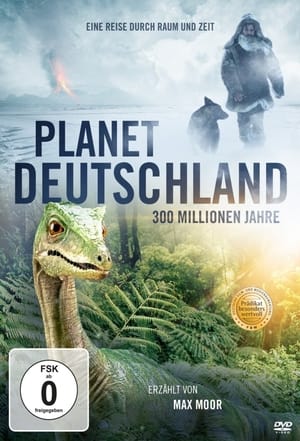 6.5
6.5Planet Deutschland - 300 Millionen Jahre(de)
Documentary tells the story of Germany's origins from the Carboniferous period to the present day. It leads from the highest Alpine peaks to the rugged North Sea coasts - from the craters of the Eifel to the river labyrinth of the Spreewald. Back then - around 300 million years ago - giant dragonflies, for example, buzzed through dozens of meter-high fern forests. In the course of the Earth's history, however, we also encounter dying dinosaurs, meet rhinos and elephants on the Rhine and come across what is probably the first human in Heidelberg. Later, the Neanderthals appear and suddenly disappear again - for reasons that are still unknown. And finally, modern humans gradually spread and began to shape their environment.

